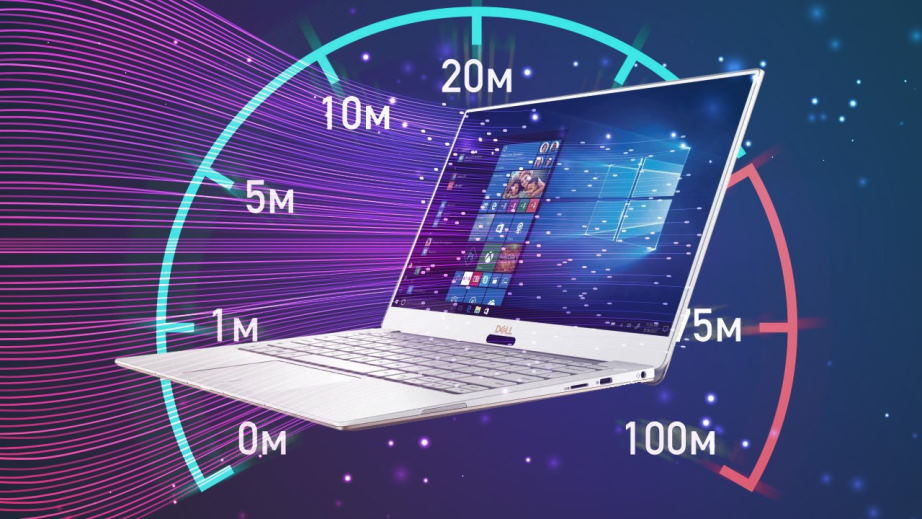It’s no secret that minimalism is all the rage in graphic design. Clean and simple designs are becoming more and more popular as people are increasingly drawn to minimalist aesthetics. While this trend can be fun and creatively fulfilling, it can also be challenging to maintain a clean and simple design while still achieving the desired effect. In this blog post, we’ll explore tips for making your designs minimal without going overboard. Enjoy!
How minimalism changed graphic design
In the 1960s, a new design style began to emerge that would change the face of graphic design forever. This style was called minimalism, characterized by its clean, simple, and often geometric shapes. Minimalism became very popular in the world of fashion and art, and it soon began to influence the world of graphic design as well.
Minimalism changed the way designers approached their work. Instead of using lots of different colors and patterns, minimalist designers often used only one or two colors and focused on making their designs as clean and simple as possible. This new design approach helped create some truly iconic images that are still remembered today.

Some of the most famous examples of minimalist graphic design include the famous “I Love New York” logo, which Milton Glaser created in 1977, and the Nike “Swoosh” logo, which Carolyn Davidson designed in 1971. Both of these logos are instantly recognizable and exemplify minimalism’s clean, simple aesthetic.
Minimalism is still a popular design style today, and its influence can be seen in many different areas of graphic design. If you’re interested in learning more about this important period in design history, plenty of resources are available online and in print.
Guide to minimalism in graphic design
Graphic design is all about creating visual impact. Minimalism is a popular style that can be used to create clean and simple designs with a strong visual impact. In this article, we’ll show you how to use minimalism in graphic design to create stunning visuals that are easy on the eye and make a big impact.
When it comes to minimalism, less is definitely more. This design style is all about stripping down designs to their bare essentials and using simple elements to create a powerful visual effect. When done right, minimalism can produce stunning, eye-catching results and is easy to understand.

One of the most important things to keep in mind when using minimalism in your designs is simplicity. Keep your designs clean and clutter-free by using a limited number of colors, shapes, and fonts. Stick to basic design principles, and don’t try to cram too much into your design – less is definitely more when it comes to minimalism.
In addition to simplicity, another key element of minimalism is typography. Use simple, easy-to-read fonts in your designs and limit the number of fonts you use to one or two. Also, keep your text concise and easy to understand by using short paragraphs and bullet points.
Finally, remember that less is more when it comes to color in minimalist designs. Use a limited color palette consisting of just a few colors that complement each other well. Avoid using busy patterns or loud colors that can distract from your message.
When used correctly, minimalism can be a powerful tool for creating clean, simple, and visually stunning designs. Keep these tips in mind when using minimalism in your own graphic design work to create beautiful visuals that are easy on the eye and make a big impact.






